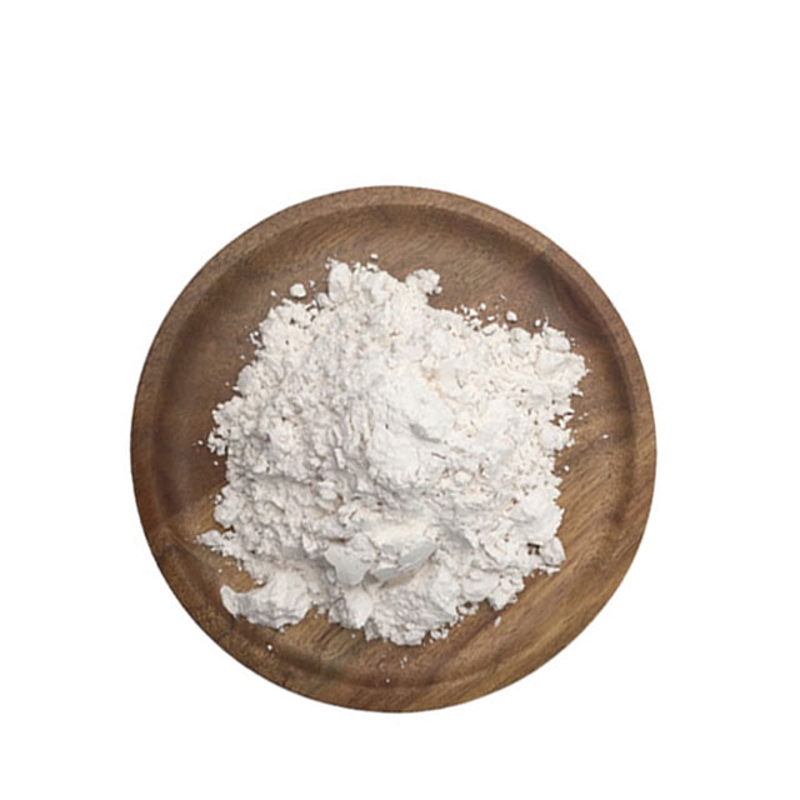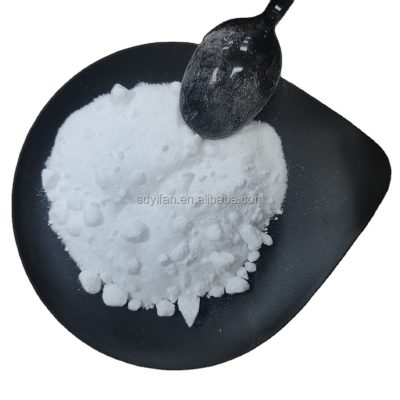-
Categories
-
Pharmaceutical Intermediates
-
Active Pharmaceutical Ingredients
-
Food Additives
- Industrial Coatings
- Agrochemicals
- Dyes and Pigments
- Surfactant
- Flavors and Fragrances
- Chemical Reagents
- Catalyst and Auxiliary
- Natural Products
- Inorganic Chemistry
-
Organic Chemistry
-
Biochemical Engineering
- Analytical Chemistry
- Cosmetic Ingredient
-
Pharmaceutical Intermediates
Promotion
ECHEMI Mall
Wholesale
Weekly Price
Exhibition
News
-
Trade Service
At a meeting of the American Chemical Society this week, researchers from the State University of New York will present their work
on breakthrough paper batteries powered by bacteria.
"Paper has unique advantages as a material for biosensors," explains researcher Seokheun Choi, "it is cheap, disposable, flexible, and has an extremely highly utilized surface area
.
" However, complex sensors require a power supply
.
Commercial batteries are too wasteful and expensive, and they cannot be integrated into paper
substrates.
The best solution is a paper biobattery
.
”
Disposable paper-based biosensors already exist for detecting disease, monitoring health, and detecting environmental contaminants, but access to an external power source will significantly increase its diagnostic capabilities
.
The search for cheap disposable batteries to provide the power needed was what
led Choi and his team to pursue the development of cheap paper batteries powered by bacteria.
Paper batteries are made by printing thin sheets of metal and other materials on the surface of the paper and then adding a layer of freeze-dried outer electrons, a special type of bacteria
that transfer electrons through the cell wall.
When these electrons come into contact with external electrodes, they generate enough electrical energy to power
the battery.
The electricity mentioned here is not a lot of electricity, just enough to power light-emitting diodes, biosensors, or calculators, but where other power sources simply can't, tiny currents are enough to energize
life.
But, like all lab findings, this one still needs to be improved to be viable
in the real world.
"For most real-world applications, power performance.
.
.
It needs to be about 1,000 times higher," Choi said, "but this may have been formed
by stacking multiple layers of paper cells on top of each other.
" ”
The bacteria currently survive for about 4 months in the freeze-dried state, and researchers continue to look for ways to
extend the shelf life of new paper batteries.
Choi has applied for a battery patent and is seeking commercialization
from industry partners.
Research to date has been funded
by the National Science Foundation, the Office of Naval Research, and the State University of New York Research Foundation.
At a meeting of the American Chemical Society this week, researchers from the State University of New York will present their work
on breakthrough paper batteries powered by bacteria.
"Paper has unique advantages as a material for biosensors," explains researcher Seokheun Choi, "it is cheap, disposable, flexible, and has an extremely highly utilized surface area
.
" However, complex sensors require a power supply
.
Commercial batteries are too wasteful and expensive, and they cannot be integrated into paper
substrates.
The best solution is a paper biobattery
.
”
Disposable paper-based biosensors already exist for detecting disease, monitoring health, and detecting environmental contaminants, but access to an external power source will significantly increase its diagnostic capabilities
.
The search for cheap disposable batteries to provide the power needed was what
led Choi and his team to pursue the development of cheap paper batteries powered by bacteria.
Paper batteries are made by printing thin sheets of metal and other materials on the surface of the paper and then adding a layer of freeze-dried outer electrons, a special type of bacteria
that transfer electrons through the cell wall.
When these electrons come into contact with external electrodes, they generate enough electrical energy to power
the battery.
The electricity mentioned here is not a lot of electricity, just enough to power light-emitting diodes, biosensors, or calculators, but where other power sources simply can't, tiny currents are enough to energize
life.
But, like all lab findings, this one still needs to be improved to be viable
in the real world.
"For most real-world applications, power performance.
.
.
It needs to be about 1,000 times higher," Choi said, "but this may have been formed
by stacking multiple layers of paper cells on top of each other.
" ”
The bacteria currently survive for about 4 months in the freeze-dried state, and researchers continue to look for ways to
extend the shelf life of new paper batteries.
Choi has applied for a battery patent and is seeking commercialization
from industry partners.
Research to date has been funded
by the National Science Foundation, the Office of Naval Research, and the State University of New York Research Foundation.







